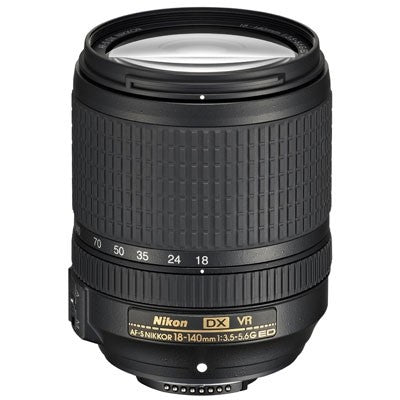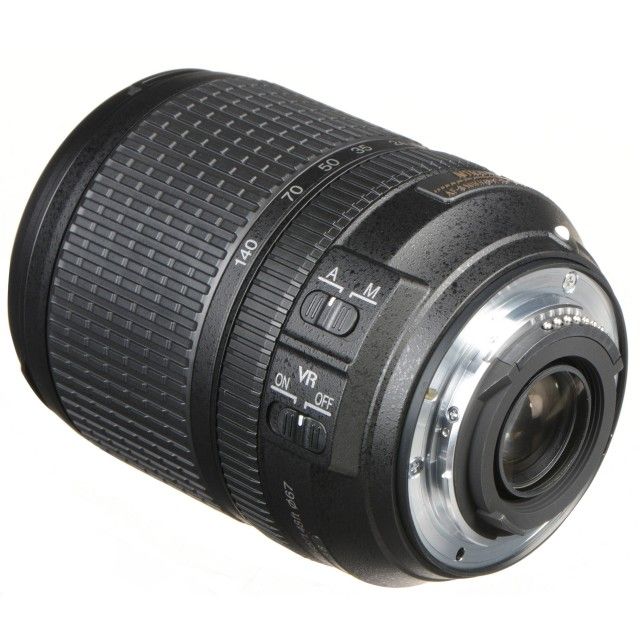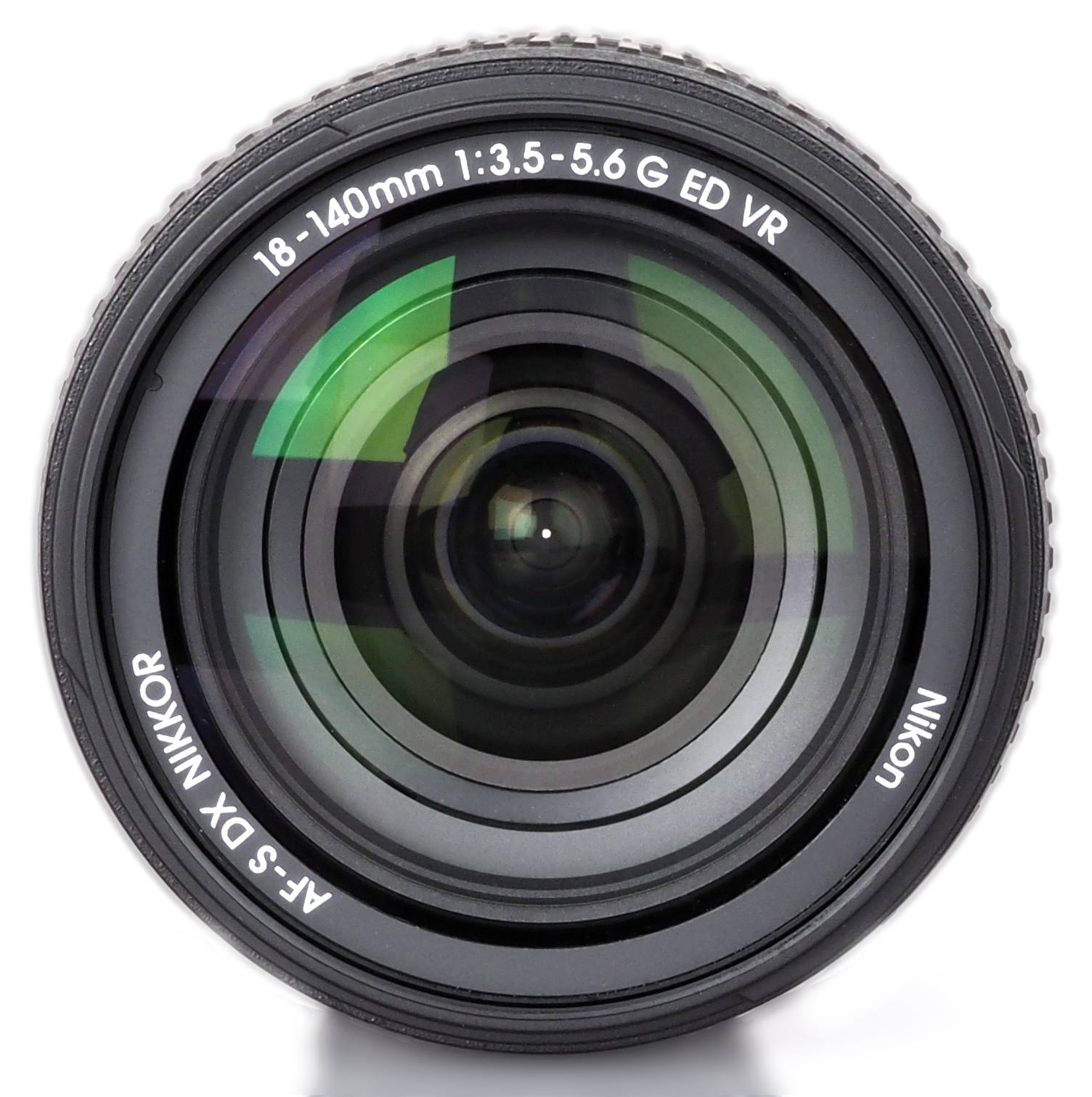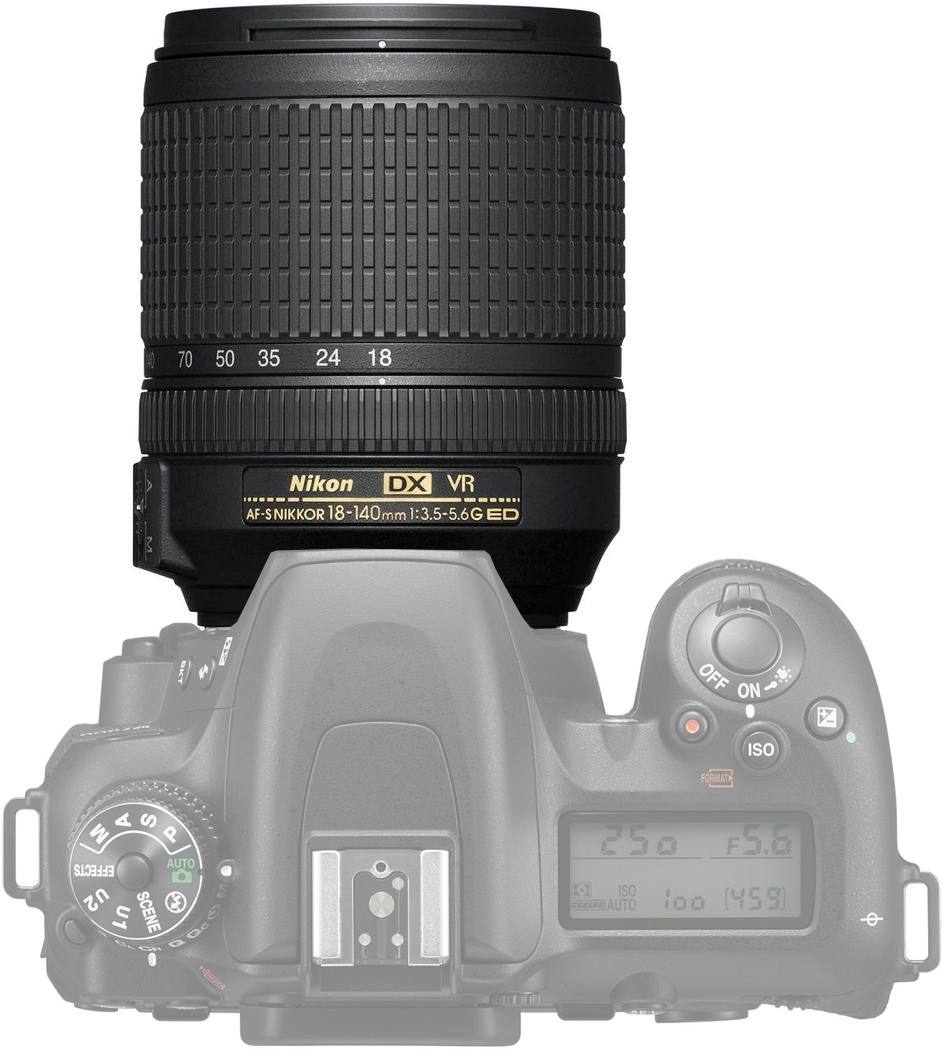Product Description
Nikon 18-140mm f/3.5-5.6 AF-S G ED VR DX Lens: Versatile and Compact
The Nikon 18-140mm f/3.5-5.6 AF-S G ED VR DX Lens is a highly versatile zoom lens designed specifically for APS-C digital SLRs (DX-format). With its broad zoom range and advanced features, this lens is ideal for both still photography and video, offering excellent performance in a range of shooting conditions.
Key Features at a Glance:
- Focal Length: 18-140mm (equivalent to 27-210mm in 35mm format)
- Maximum Aperture: f/3.5-5.6
- Minimum Aperture: f/22-38
- Lens Construction: 17 elements in 12 groups
- Vibration Reduction (VR): Image stabilisation to reduce camera shake
- Autofocus: SWM (Silent Wave Motor) for fast, quiet focusing
- Build Quality: Compact and lightweight with a weather-sealed mount
Versatile Zoom Range for Various Applications
The Nikon 18-140mm f/3.5-5.6 lens provides an impressive 7.8x zoom range, making it a highly adaptable option for capturing a wide variety of subjects. Whether you're photographing wide-angle landscapes or distant wildlife, this lens offers the flexibility to handle diverse shooting scenarios without the need for multiple lenses. The focal length range of 18-140mm translates to a 35mm equivalent of 27-210mm, making it ideal for everything from sweeping vistas to detailed close-ups.
High Optical Performance
This lens is engineered to deliver high-resolution images with excellent contrast. It features one ED (extra-low dispersion) glass element and one aspherical lens element, which work together to minimize chromatic aberrations and distortions. These elements help achieve sharp, clear images with minimal colour fringing and improved overall image quality.
Effective Vibration Reduction
The Vibration Reduction (VR) system in this lens helps to minimize the effects of camera shake, allowing for handheld shooting at slower shutter speeds—up to four stops slower than without VR. This feature is particularly useful for shooting in low-light conditions or capturing steady video footage. The VR operation is notably quiet, making it an excellent choice for both photography and video recording.
Compact and Lightweight Design
With its compact and lightweight build, the Nikon 18-140mm f/3.5-5.6 lens is designed for portability and ease of use. The lens's design includes a weather-sealed mount, which helps protect it from dust and moisture, making it a reliable choice for various shooting environments. Its portability makes it a great 'walkabout' lens for everyday use, especially for entry-level photographers who want a versatile lens without the hassle of changing lenses frequently.
Advanced Autofocus System
The lens is equipped with a Silent Wave Motor (SWM), providing fast, quiet autofocus performance. This technology ensures that focusing is smooth and discreet, making it suitable for both still photography and video applications. The SWM technology enhances the lens's ability to quickly and accurately lock onto subjects, improving overall shooting efficiency.
The Nikon 18-140mm f/3.5-5.6 AF-S G ED VR DX Lens is a versatile and high-performing option that caters to a wide range of photographic needs. Its broad zoom range, advanced optical design, and effective image stabilisation make it an excellent choice for photographers looking for a reliable and adaptable lens for their APS-C digital SLR. Whether you're capturing landscapes, portraits, or distant subjects, this lens provides the performance and flexibility required to achieve outstanding results.
For full specifications click Here
Payment & Security
Your payment information is processed securely. We do not store credit card details nor have access to your credit card information.




















